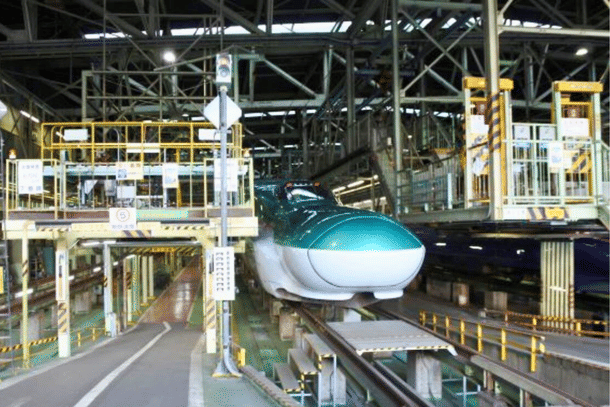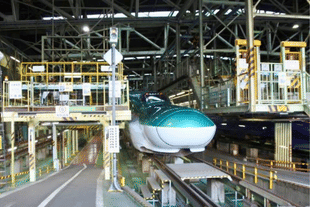Infrastructure
2023 Year-Ender: Bullet Train Project Moving At Snail's Pace
Arun Kumar Das
Dec 30, 2023, 01:24 PM | Updated 01:24 PM IST
Save & read from anywhere!
Bookmark stories for easy access on any device or the Swarajya app.


With 2023 coming to an end, the bullet train project is falling behind the target with an expenditure of Rs 10,287 crore in the current fiscal.
Racing against time, the National High Speed Rail Corporation is stepping up efforts to make the 352-km-long Vapi-Sabarmati section in Gujarat operational by August 2027, leaving the 156-km-long Maharashtra section to be completed later.
However, with the work not moving at the desired speed, it is likely to be a tough job to meet the 2027 target for partial operations.
The overall progress in the 508-km-long Mumbai-Ahmedabad High Speed Corridor project is 38.09 per cent, as against the target of 42.4 per cent, a shortfall of 4.3 per cent.
The cumulative expenditure in India's first high-speed train project until November-end is Rs 52,470 crore.
In Gujarat, where the work is steady, the physical progrees is 46.14 per cent, while in Maharashtra, the work is moving at snail's pace with 21.56 per cent progress achieved till November-end.
The tendering process for acquiring rolling stock has been delayed further, as the Japanese manufacturers of the bullet train have sought more time to submit bids.
According to the progress report, 115.8 km viaduct and 267 km of pier casting have been completed till now.
The land acquisition is almost completed for the project.
Works on all eight high-speed rail (HSR) stations at Vapi, Bilimora, Surat, Bharuch, Anand, Vadodara, Ahmedabad, and Sabarmati are under various stages of construction.
The first mountain tunnel of 350-metre length and 12.6-metre diametre, located near Zaroli Village in Valsad, Gujarat, has also been completed.
The first steel bridge, spanning 70 metres and weighing 673 MT, was erected across NH-53 in Surat, Gujarat. Sixteen such bridges out of 28 (17 in Gujarat, 11 in Maharashtra) are under various stages of fabrication.
Bridge works on six rivers out of a total of 24 river bridges on the Mumbai-Ahmedabad High Speed Rail (MAHSR) corridor — Par (Valsad district), Purna (Navsari district), Mindhola (Navsari district), Ambika (Navsari district), Auranga (Valsad district), and Venganiya (Navsari district) — have been completed.
Works on other rivers — Narmada, Tapti, Mahi, and Sabarmati — are in progress.
The laying of first reinforced concrete track bed for the MAHSR corridor track system, as used in the Japanese Shinkansen, has started in Surat and Anand. It is for the first time that the J-slab ballastless track system is being used in India.
Work on India’s first 7-km undersea rail tunnel, part of a 21-km-long tunnel between Bandra-Kurla Complex (BKC) and Shilphata in Maharashtra, has commenced.
Civil works for construction of Mumbai HSR station have also started.
Work has also begun at Surat and Sabarmati HSR depots, and the operations and maintenance team is in Japan for training. Recruitment of the first set of HSR pilots is in progress who will undergo their training in Japan.
Two slab track manufacturing factories are set up in Surat and Anand, Gujarat.





